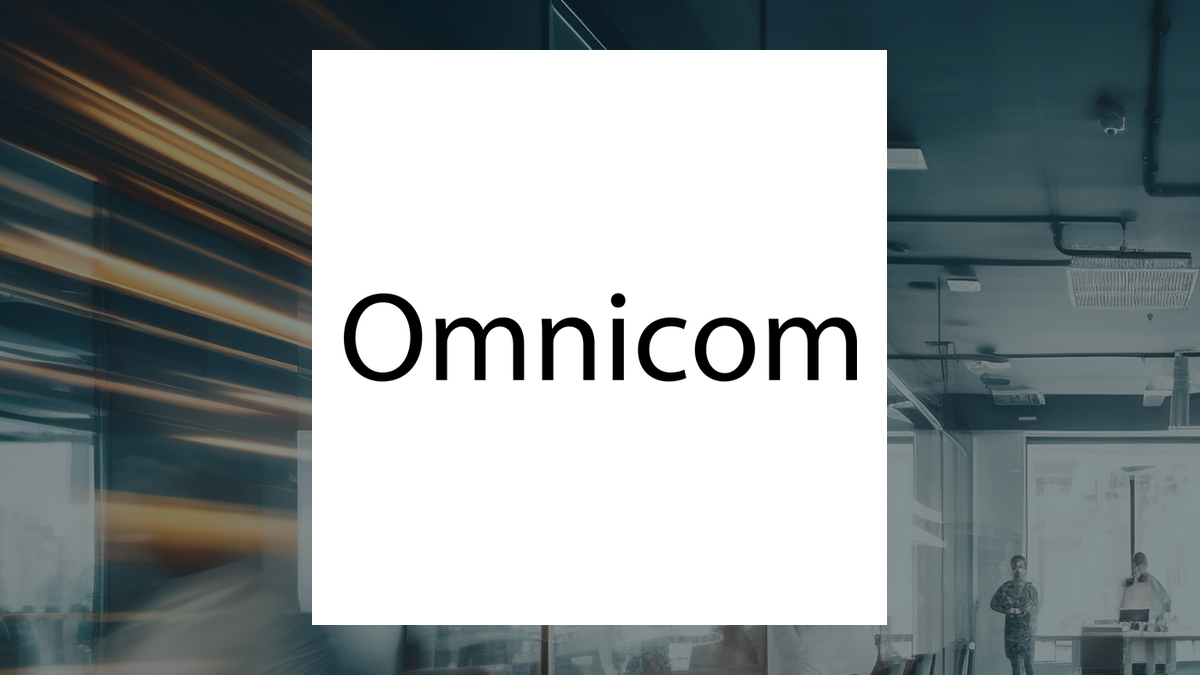 Omnicom Group Inc. has achieved steady revenue growth driven by increased client spending and acquisitions, with minimal impact from foreign exchange rate changes. Operating expenses rose by 1.8% to $3,151.6 million, mainly due to higher salary and service costs. Net income margin is 13.2%, showing a slight decline. Management’s focus on revenue growth, operating income, and EBITA margin has been successful. OMC faces risks from various external factors, including currency restrictions and social/political conditions. Mitigation strategies include using derivative financial instruments. Overall, Omnicom is strategically monitoring financial indicators for sustainable growth and competitiveness.
Omnicom Group Inc. has achieved steady revenue growth driven by increased client spending and acquisitions, with minimal impact from foreign exchange rate changes. Operating expenses rose by 1.8% to $3,151.6 million, mainly due to higher salary and service costs. Net income margin is 13.2%, showing a slight decline. Management’s focus on revenue growth, operating income, and EBITA margin has been successful. OMC faces risks from various external factors, including currency restrictions and social/political conditions. Mitigation strategies include using derivative financial instruments. Overall, Omnicom is strategically monitoring financial indicators for sustainable growth and competitiveness.
Executive Summary
Financials
Revenue growth has been steady over the past three years, driven by increased client spending in Advertising & Media, Precision Marketing, Experiential, and Healthcare disciplines, as well as acquisitions. Foreign exchange rate changes had a minimal impact on revenue growth. Operating expenses increased by 1.8% to $3,151.6 million, with salary and service costs rising by 5.9% to $2,692.6 million. The increase was driven by higher salary and related costs, third-party service costs, and third-party incidental costs. The company’s net income margin is 13.2%. It has declined from the previous year. Comparisons to industry peers are not provided in the context information.
Management Discussion and Analysis
Management has focused on revenue growth, operating income, and EBITA margin to drive growth and improve profitability. These initiatives have been successful in monitoring and analyzing financial indicators for business management. Management assesses the company’s competitive position by considering changes in client requirements, conflicts of interest, and competitive factors in the industry. They highlight potential disruptions from economic conditions, geopolitical events, terrorism, public health crises, inflation, interest rates, and supply chain issues. Major risks include foreign exchange rate fluctuations, cybersecurity incidents, and changes in legislation. Mitigation strategies include using derivative financial instruments, careful selection of counterparty financial institutions, and ongoing evaluation of risks.
Key Performance Indicators (KPIs)
Risk Assessment
The top external factors that pose risks to the company’s operations and financial performance include currency repatriation restrictions, social and political conditions in high-growth markets, evolving regulatory environments, economic conditions, client spending reductions, and changes in advertising requirements. OMC assesses and manages cybersecurity risks by relying on information technology systems and careful evaluation of cybersecurity incidents. They prioritize effective management of risks presented by utilizing Artificial Intelligence technologies in their business operations. OMC faces risks from environmental, social, and governance goals, as well as potential legal issues that could impact its reputation. To address these, the company closely monitors financial indicators and focuses on revenue growth, operating income, and EBITA.
Corporate Governance and Sustainability
The board of directors consists of the Chairman, Chief Executive Officer, and Executive Vice President, who also serves as the Chief Financial Officer. There are no notable changes in leadership or independence mentioned in the provided information. OMC addresses diversity and inclusion through its governance practices and workforce by prioritizing environmental, social, and governance goals and initiatives. There is a commitment to board diversity. OMC disclosed risks related to environmental, social, and governance goals and initiatives. They demonstrate commitment through monitoring EBITA margin and revenue growth, emphasizing responsible business practices.
Forward Guidance
The company’s forward-looking guidance addresses strategic initiatives and priorities by focusing on factors like economic conditions, international operations, and environmental goals. This helps the company manage risks and uncertainties to achieve its financial indicators and growth targets outlined in the annual report. OMC is factoring in trends such as geopolitical events, high inflation, and evolving regulatory environments in high-growth markets. It plans to capitalize on these trends by closely monitoring financial indicators like revenue growth, operating income, and EBITA margin to drive strategic decision-making. Yes, the company is focusing on revenue growth, operating income, and EBITA margin to drive long-term competitiveness. They are monitoring financial indicators and analyzing regional market growth, indicating a commitment to strategic shifts for sustainable growth.
For more information:
This article was created using artificial intelligence technology from Klickanalytics.
